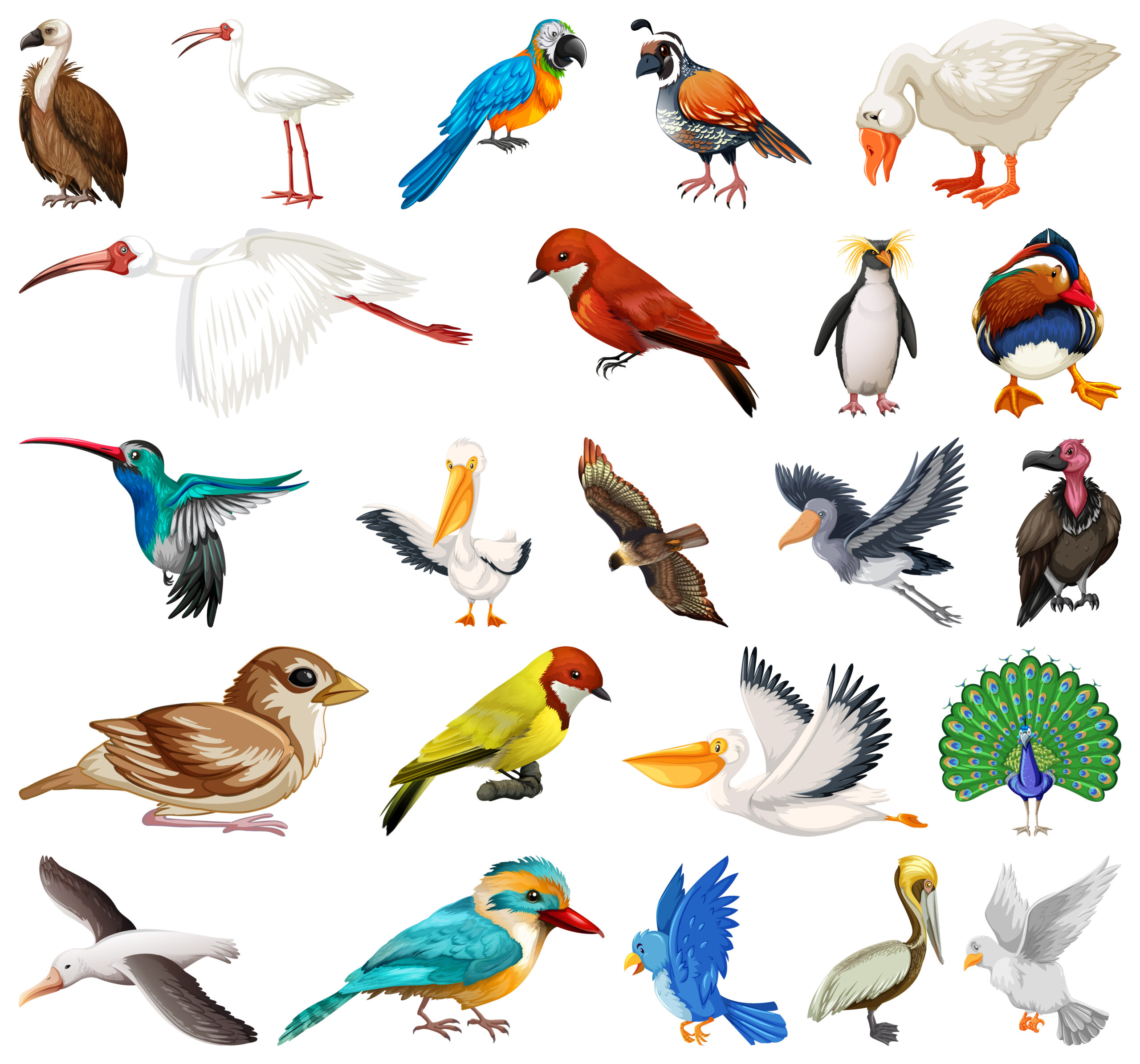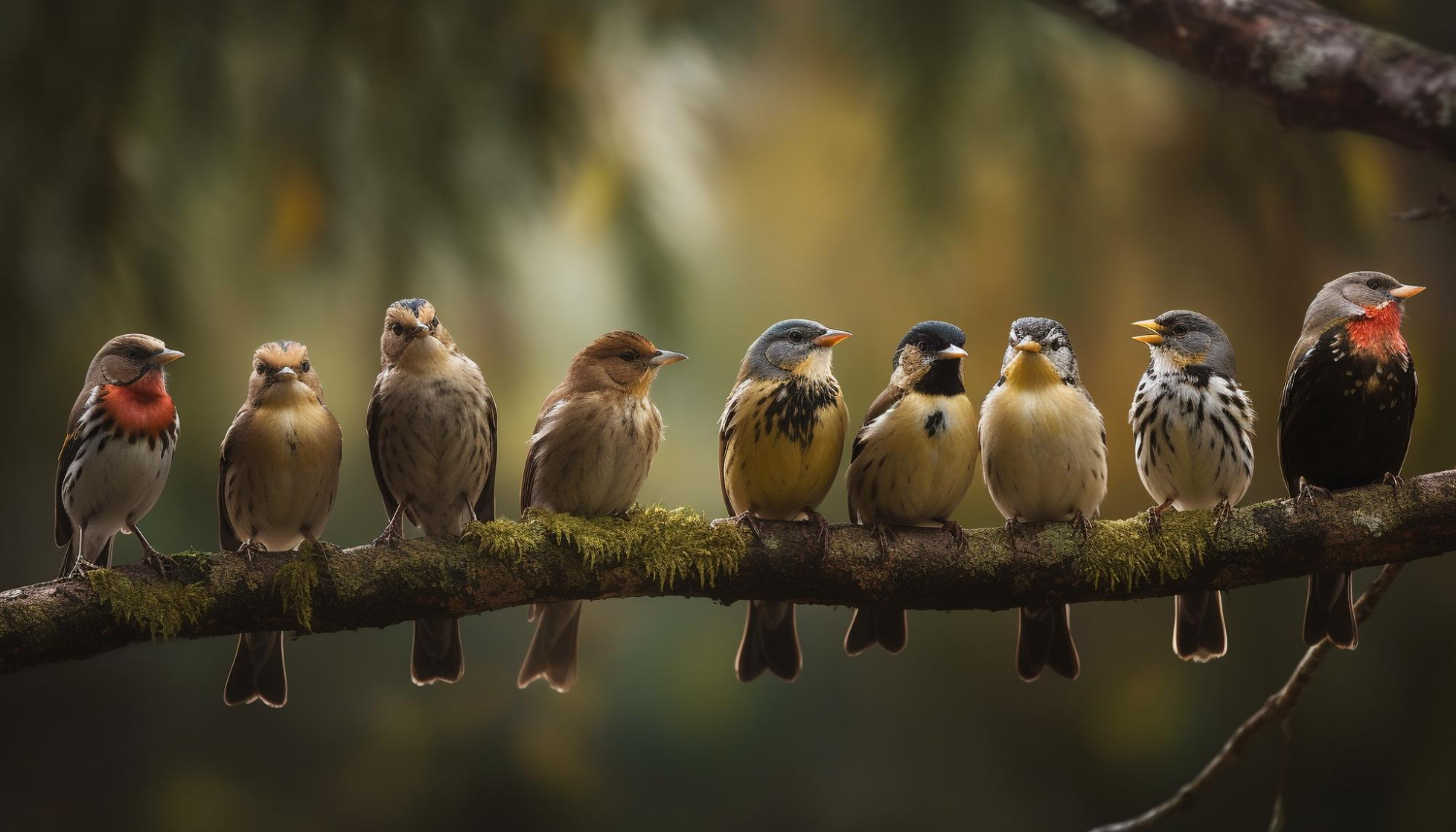Feeding birds bread at home is something many of us do with the best intentions—after all, who doesn’t love gathering at the pond to watch hungry ducklings gobble up our crusts? Yet, beneath the charm and chirps lies a surprising undercurrent of harm. As passionate bird enthusiasts, it’s vital that we understand why offering slices of white or whole wheat loafs can actually threaten the health of our feathered friends. In this article, you’ll discover the surprising negative effects of feeding birds bread at home—and why switching to smarter snacks can make all the difference.
Table of Contents
Nutritional Imbalance and Deficiencies

When you’re feeding birds bread at home, you’re often providing a meal that’s almost entirely carbohydrates and lacking in essential nutrients. Bread simply doesn’t offer the proteins, fats, vitamins, and minerals wild birds need to thrive. Over time, birds consuming too much bread can suffer from stunted growth, weakened feathers, and an overall drop in vitality.
Digestive Problems and Bloating

Bread swells when it absorbs water, which can lead to uncomfortable digestive blockages in a bird’s gut. Feeding birds bread at home therefore risks leaving them bloated, lethargic, or even unable to digest other, more nutritious foods. In severe cases, the swelling can cause real distress and pain, forcing birds to struggle in their daily activities.
Mold Growth and Toxicity

Leftovers of bread in ponds or on lawns quickly harbor mold—especially in warm, damp conditions. When feeding birds bread at home, any uneaten crumbs become breeding grounds for toxic fungi that can infect wings or be ingested. Birds affected by moldy bread may show neurological symptoms, tremors, or hallucinations, highlighting why fresh, safe foods are so crucial.
Disruption of Natural Foraging Behaviors
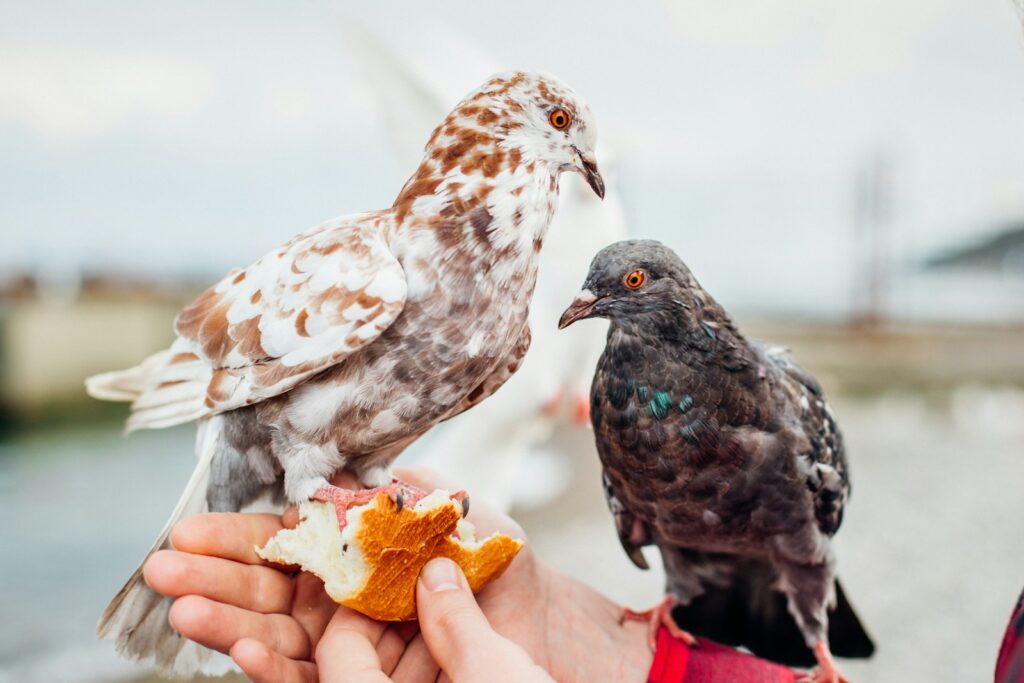
One of the most subtle consequences of feeding birds bread at home is how it interrupts their instinctual search for wild foods. Birds that grow accustomed to handouts can lose the drive to forage for insects, seeds, and berries. This behavioral shift undermines their ability to survive when human-supplied bread suddenly disappears or is no longer available.
Dependency and Reduced Survival Skills
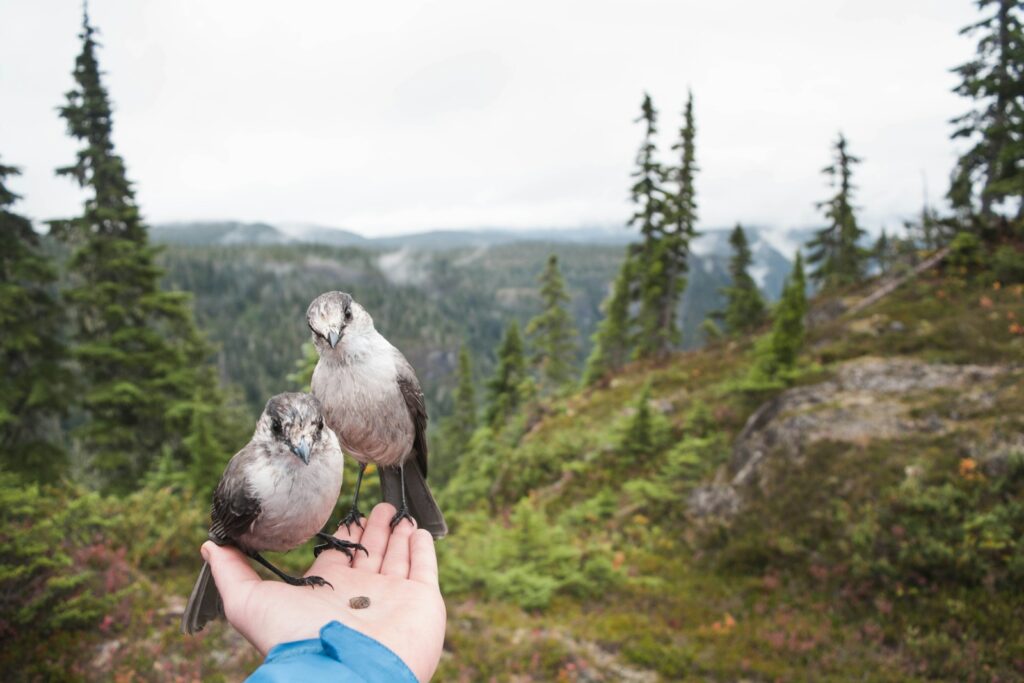
When we’re feeding birds bread at home day after day, we foster a dependence that’s hard to break. Wild birds may hesitate to migrate or explore new territories if a reliable “bread buffet” is nearby. This reliance weakens their innate survival strategies—making them more vulnerable to changes in weather, habitat, and food supply.
Overcrowding and Increased Competition

Generous feeders often attract flocks far larger than a pond or park ecosystem can handle. Feeding birds bread at home can inadvertently encourage gatherings that exceed natural population densities. When too many birds compete for limited bread, aggression spikes, and weaker individuals lose out on both nutrition and personal space.
Spread of Disease and Bacterial Infections

Stale bread left on the ground or in water can become laced with bacteria like E. coli and Salmonella. Feeding birds bread at home thus becomes a vector for dangerous pathogens, subjecting entire flocks to outbreaks. Illnesses spread rapidly when so many birds peck at the same infested crumbs—making seemingly harmless bread a serious health risk.
Alteration of Bird Migration Patterns

Many migratory species rely on cues from food availability to know when to move on. Consistent bread handouts can confuse these signals, causing birds to delay departure or linger in unsuitable climates. By feeding birds bread at home, we can unintentionally derail their seasonal journeys and reduce breeding success.
Attraction of Unwanted Pests and Predators

Leftover bread doesn’t just lure ducks and sparrows; it attracts rats, pigeons, and even foxes. When feeding birds bread at home, you may find your neighborhood teeming with pests that pose threats to both wildlife and people. Increased predator presence also puts smaller songbirds at heightened risk.
Environmental Pollution and Water Quality Decline
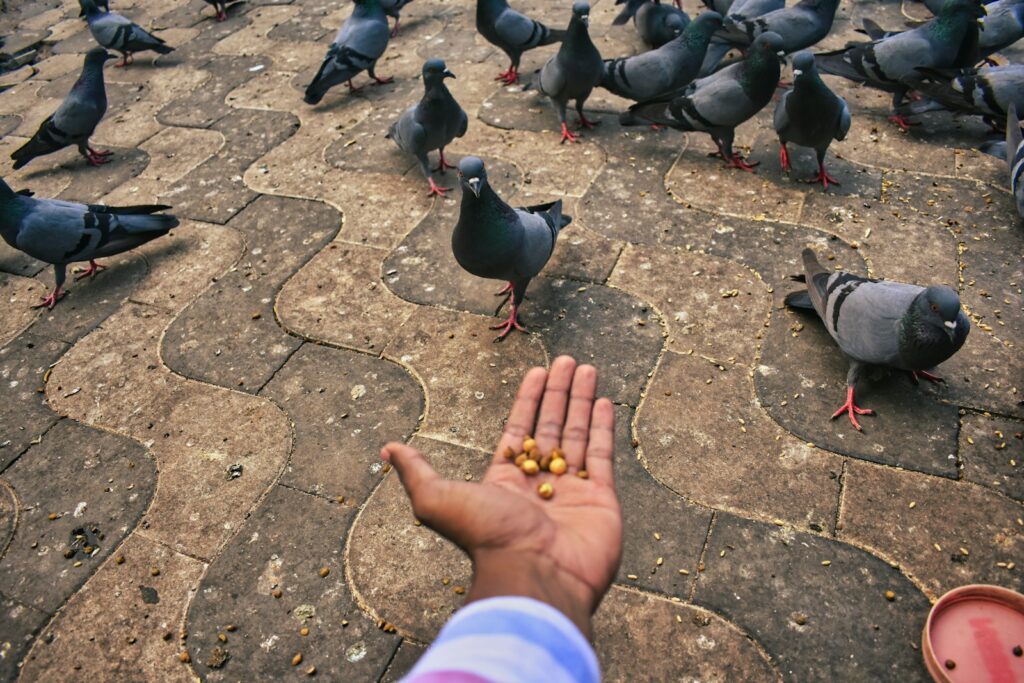
Excess bread sitting in ponds rots and depletes oxygen levels, leading to algae blooms and fish kills. By feeding birds bread at home, you can set off a chain reaction that deteriorates water quality and harms aquatic ecosystems. Clean, healthy habitat is essential for birds—and polluted waters can become deadly traps.
Negative Impact on Wild Plant Regeneration

Birds that rely on bread have less incentive to seek out seeds and fruits, meaning they’re less likely to spread plant life across their habitats. Feeding birds bread at home therefore hampers natural seed dispersal, weakening efforts to regenerate native grasses, shrubs, and trees. Over time, this can lead to less diverse and resilient green spaces.
Behavioral Changes and Aggression
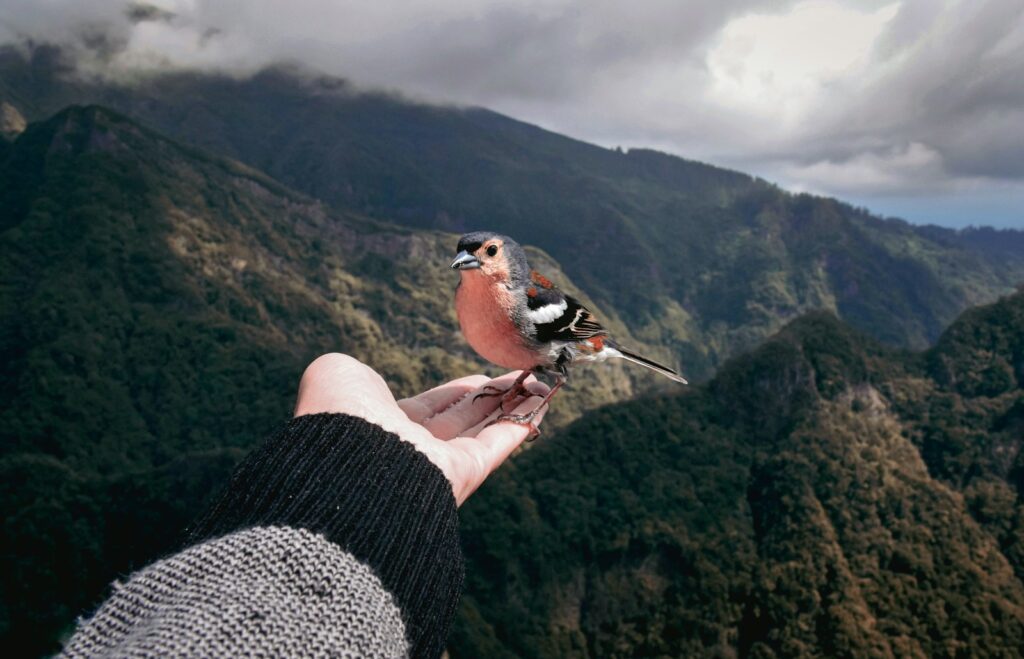
When resources are limited to bland bread, competition turns aggressive. Feeding birds bread at home can trigger jostling, pecking, and territorial displays as each bird vies for the next crumb. Such stress-induced behaviors can fracture flock cohesion and jeopardize nesting pairs during breeding season.
Choking Hazards and Physical Harm

Large, dry chunks of bread pose an immediate risk of choking—especially for smaller species like finches and sparrows. By feeding birds bread at home, we may unwittingly introduce dangerously sized pieces that birds can’t swallow properly. This physical hazard can lead to distress, regurgitation, or even suffocation.
Contribution to Obesity and Malnutrition

Calorie-rich but nutrient-poor bread can lead to overweight birds with poor feather quality and suppressed immune systems. Feeding birds bread at home on a regular basis risks creating a population of pudgy, unhealthy birds prone to infections and predation. Optimal bird health depends on balanced diets, not loaves of white or whole wheat.
Conclusion

Our desire to connect with nature by feeding birds bread at home is heartfelt—but the surprising negative effects are too serious to ignore. From digestive distress and disease spread to behavioral disruptions and environmental harm, bread handouts can undermine the very wildlife we cherish. Instead, consider healthier alternatives: cracked corn, sunflower seeds, or specialized bird mixes. By choosing nourishing snacks over simple bread, you’ll support vibrant, thriving bird populations—and continue to enjoy those magical moments of wings and song in your backyard.


